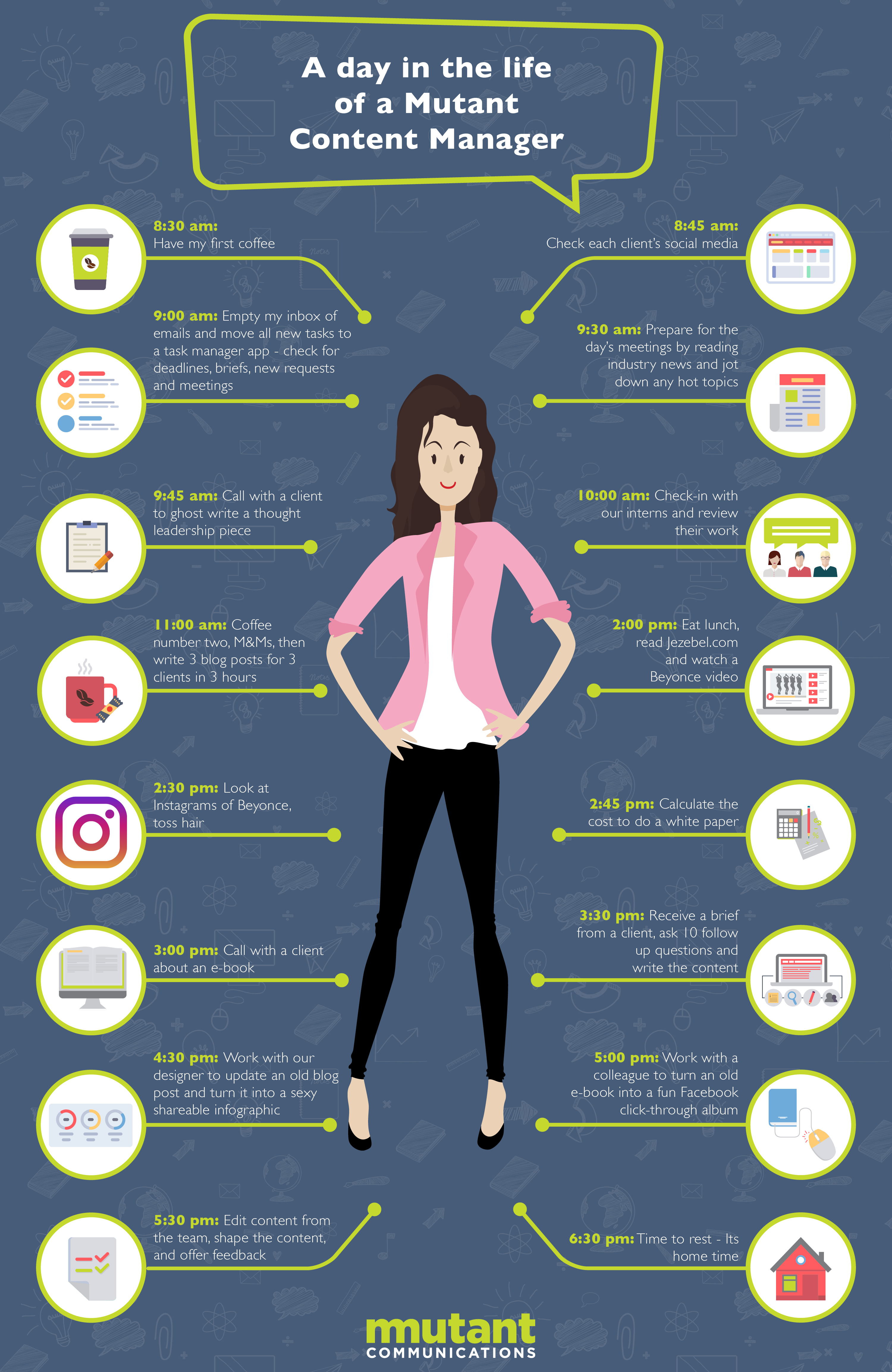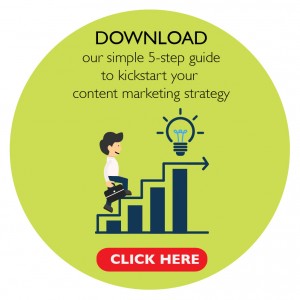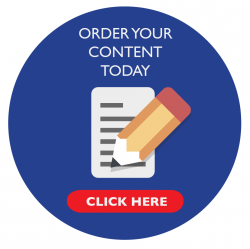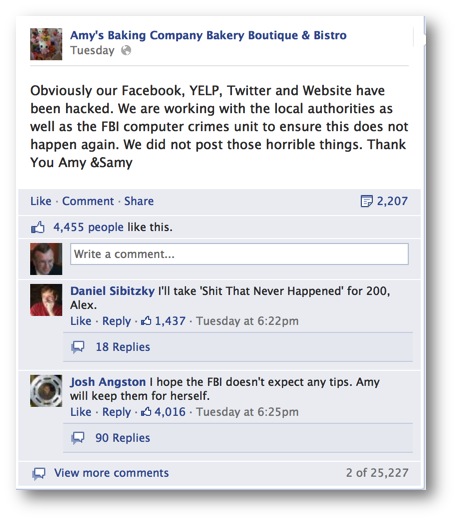If you find yourself asking whether you should focus more on search engine optimisation (SEO) or content marketing, I’ll help you out by saying the answer is both. While both have their fair share of benefits, it doesn’t mean one should be cast aside in favour of the other. Instead, they should be considered as two different things that compliment each other to help your business stand out online.
But first, before we see how they can be integrated, let’s take a look at what they mean individually.
SEO
SEO is a technique that uses keywords to help search engines find and rank your website higher in the search results.
It involves understanding the keywords your audience use in their search process, and placing them in your site to make it more relevant, hence pushing your site up higher in the search rankings.
Content marketing
Content marketing involves understanding what your target audience needs and coming up with content ideas they would be interested in reading. It’s essentially creating content that informs, educates and inspires readers, as opposed to a direct sales pitch.
For a better idea of things, think of content marketing aiming to engage the human reader, whereas SEO aims to “engage” the search engine indexes.
A beautiful blend
Having quality content but without the SEO groundwork can be a waste of your efforts. Unless you have a great content distribution strategy in place, it’s likely your pieces will get lost in the large digital jungle. Likewise, having good SEO but no quality content can result in little repeated visits. Using both tactics together results in optimised content that hooks more visitors and keep them coming back for more.
So how do you go about doing that?
- Research relatable keywords to your business
- Research the problems your target audience face
- Create original content of quality targeted for those problems.
- Insert your keywords
TIP: Remember to write for people first and then focus on search engines. Don’t go overboard with your keywords as readers will find it odd and your pieces will lack flow.
Tailor your content
You want your content to be detailed and provide actual solutions for your audience. For example, when you search for ‘best external hard drive’, the top results show reviews, guides and forums – not the actual product pages. Personally, I always like reading discussion sites to help me decide which brand to to buy, and Google is aware of this search behaviour, since it’s reflected in the results.
These days, people want information that solves their problem, and not just a sales-orientated product page. Use your keywords sporadically to benefit Google but also to engage your readers – this is key.
Implementing both SEO and content marketing strategies means you’ll be reaping the benefits, and easy-to-find found content that’s worth reading and sharing, keeps people coming back.
Drop us a note at [email protected] and we can help you structure your content marketing campaign.

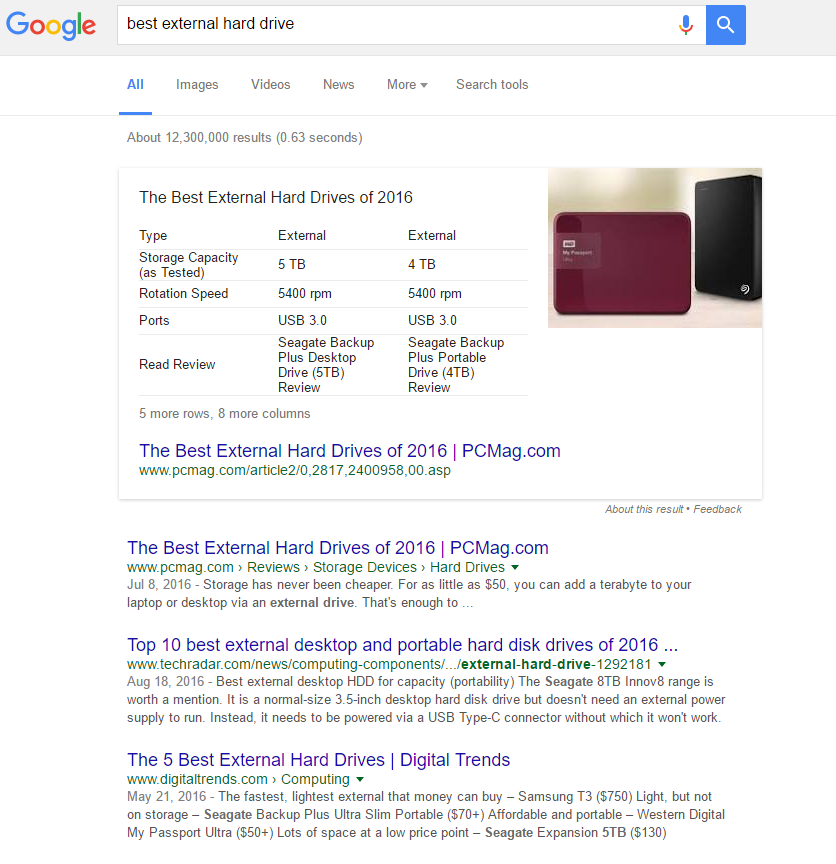

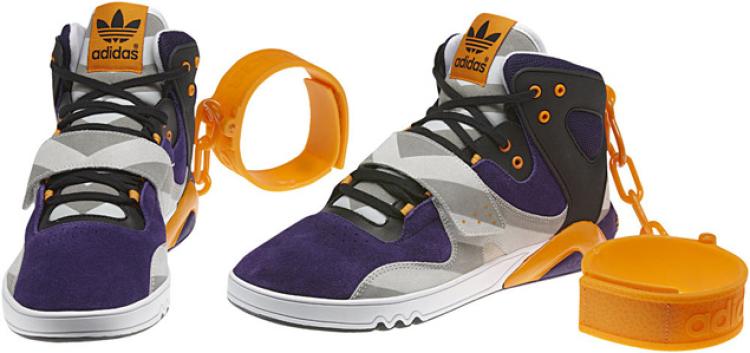
 Fact: It’s unlikely you will lead a life like Samantha Jones
Fact: It’s unlikely you will lead a life like Samantha Jones